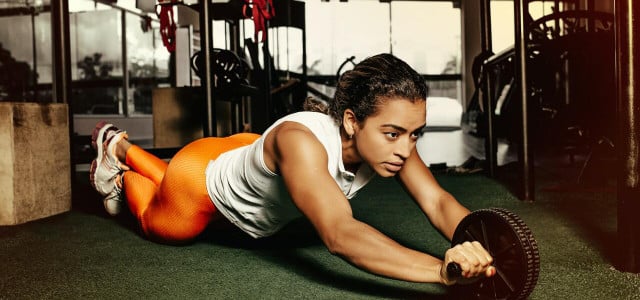
Cycle-based training takes into account the hormonal fluctuations during the cycle in order to achieve optimal training effects. You can find out what the training can look like here.
Menstruating people may experience changes in physical performance over the course of their cycle. If you’ve noticed this before, you’re not alone. Because in the course of the month there are fluctuations in the hormones estrogen and progesterone. These affect the general well-being of many people – and probably also their athletic performance. Because of this, you may be able to run faster or lift more weight some days of the month than others.
Cycle-based training is therefore a method that more and more professional and recreational athletes are using to adapt their sports plan to their own hormonal cycle fluctuations.
Cycle Based Training: The Basics
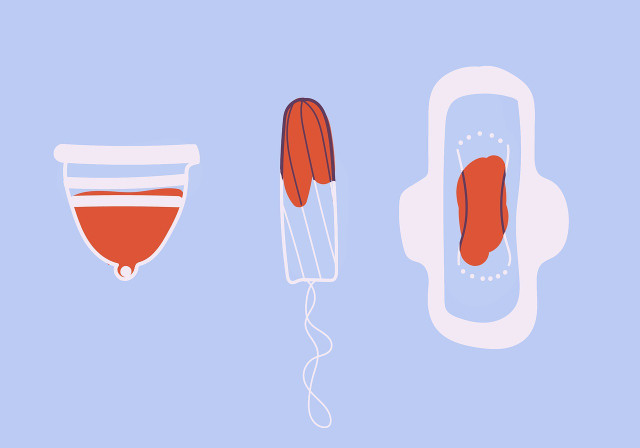
(Photo: CC0 / Pixabay / BiancaVanDijk)
Cycle-based training is based on the phases of the menstrual cycle. The menstrual cycle includes the changes in the lining of the uterus brought about by fluctuating hormone levels, the maturation of an egg in the ovary, and other cycle-related changes.
For many menstruators, these changes are not only noticeable with the periodic menstruation. They also notice, for example, mood swings or a change in appetite.
The cycle consists of these phases:
Desquamation phase / menstrual phase (1st to 4th day of the cycle)
This phase begins on the first day of your period. If a fertilized egg has not implanted itself in your uterine lining, the body now sheds its top layer with the help of uterine muscle contractions. Bleeding occurs. This process is triggered by a lack of the hormone progesterone. Estrogen levels are also low. During menstruation, many people experience pain, abdominal cramps, diarrhea, insomnia and fatigue.
Proliferation phase (5th to 14th cycle day)
During the time, also known colloquially as the “build-up phase”, the follicle-stimulating hormone (FSH) causes a follicle and the egg cell it contains to mature in the ovary. Meanwhile, the body also produces a lot of estrogen. This causes the uterine lining to build up. According to ARD Alpha, this also means more energy and drive. Between days 12 and 14 of the cycle, estrogen levels fall again while FSH and luteinizing hormone (LH) levels rise. This triggers ovulation. According to ARD Alpha, in this phase you are active, in a good mood, appear particularly attractive and assertive. If the egg cell is not fertilized within 24 hours, it dies.
Secretory phase / luteal or corpus luteum phase (15th to 28th day of the cycle)
The corpus luteum now forms from the follicle, the empty follicle of the former egg cell. It produces the luteal hormone, which in turn stimulates the uterus. She prepares for the fertilized egg to implant. According to ARD Alpha, because the estrogen level drops during this time, the energy drops: menstruating people often feel exhausted and listless and their body temperature can rise. Many then suffer from premenstrual syndrome. If implantation does not occur, the concentration of the corpus luteum hormone drops again and the menstrual phase begins.
By the way: According to the gynecologists online, there is only in the rarest of cases a “perfect” cycle of 28 days and ovulation on the 14th day. The majority of menstruators would therefore have cycles that vary in length between 25 and 35.
Cycle-based training in professional sports
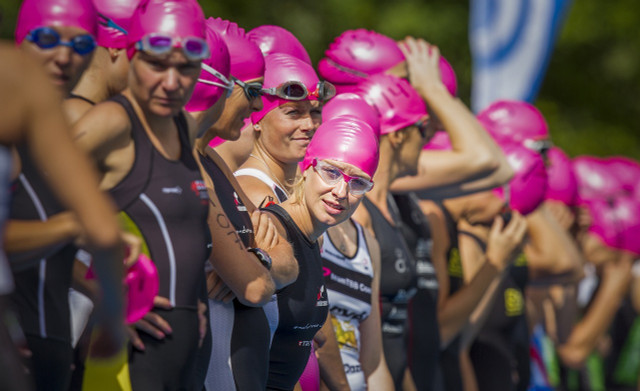
(Photo: CC0 / Pixabay / hamperium)
The hormonal changes throughout the month also affect the energy, performance and well-being of menstruating individuals. Cycle-based training uses the knowledge of these changes to achieve better training effects on the one hand and to alleviate the discomfort associated with the cycle on the other.
The professional triathlete Laura Philipp reports in a report on NDR how she implements the cycle-based training. Over the years she has found when she can perform best in her cycle. She therefore discusses with her trainer how she can adjust her training plan accordingly. Depending on the phase Philipp is in, the units are sometimes more physically intensive, sometimes more relaxed.
Philipp explained to Deutschlandfunk Kultur that she was most productive shortly after her period. This is the time of the “build-up phase” in which the estrogen level rises again. The body has a lot of energy available, which the professional athlete uses to gain strength and muscles and to improve coordination.
In the second half of the cycle, however, Philipp is careful to avoid exercises that are associated with a greater risk of injury or high coordination requirements. According to Philipp, the reason is that more progesterone is produced in the luteal phase. This causes “the ligaments to loosen a bit and you tend to be a bit more prone to injury, and coordination is also somewhat reduced.”
According to the NDR, there are also studies that indicate that with increasing progesterone levels, the tissue becomes softer and thus the susceptibility to injury in the luteal phase increases. Therefore, in this phase, the triathlete concentrates more on improving technique than on pushing herself to her limits in training.
What does the science say about cycle-based training?
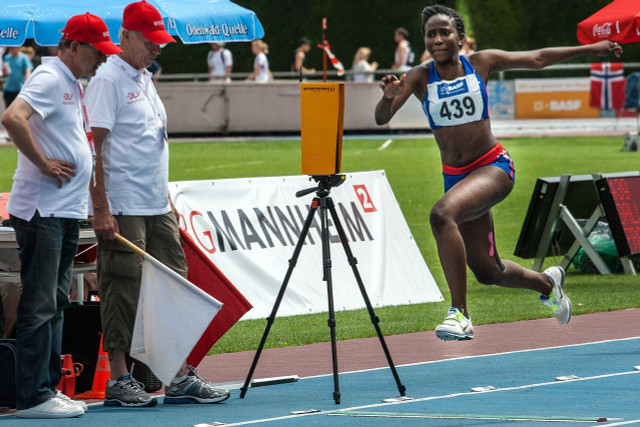
(Photo: CC0 / Pixabay / Domeckopol)
The scientifically based knowledge of the female cycle in connection with training effects, risk of injury and performance is still low. For decades, research and training plans have only been geared towards men, says sports scientist Saba Shakalio in the NDR report.
One of the reasons for this is that research on menstruating people is more complicated. After all, the cycle is individual from person to person and there are many different factors that can affect it, such as the type of contraceptive used.
Nevertheless, Petra Platen, sports physician from the Ruhr University Bochum, can make some general statements on the connection between cycle and performance based on indicators:
- Many women feel less inclined to exercise when the menstrual cycle begins. Studies can confirm that performance in terms of strength and endurance is lower than in other phases for up to three days after the start of the period. Nevertheless, subjective feelings during this time do not automatically mean an objective drop in performance.
- When ovulation approaches, many women would feel most fit because estrogen is elevated. A study indicates that strength training in the first half of the cycle and around ovulation is more effective than in the second half of the cycle.
- Injury is more likely to occur in the luteal phase due to the increase in progesterone because the joints are less stable.
Cycle Based Training: Here’s how you can try it
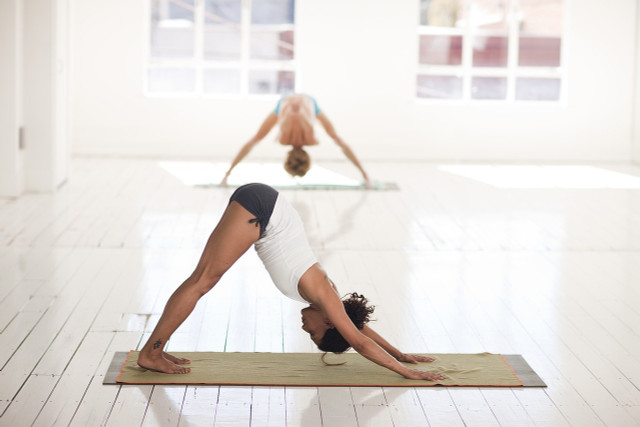
(Photo: CC0 / Pixabay / AndiP)
While more research is needed to confirm these early findings, there’s nothing wrong with trying cycle-based training for yourself. If you want to adjust your sporting activities to your cycle, this requires a more intensive examination of your own body. It may be difficult at first to figure out what phase of your cycle you are in – especially since there can be fluctuations in the length and intensity of your symptoms from time to time.
You can become familiar with your cycle by using a cycle app or a menstrual calendar, for example, to record your body’s hormonal changes. For example, the type of cervical mucus you have can be an indication of the current phase of your cycle. Over time, it becomes easier to interpret the symptoms and then adapt your training to each stage.
It could then look like this:
-
Menstruation: In this phase you should prefer light training. For example, try gentle yoga, cycling, light endurance training, or going for walks. According to some experts, physical activity can even help some menstruators with menstrual pain.
-
Follicular phase until ovulation: Estrogen now increases, which benefits you during intensive strength training and muscle building.
-
Luteal phase: The energy decreases because now the progesterone takes over. This can show up as poorer performance in endurance sports. Instead, technique training with a moderate heart rate is recommended.
Read more on Techzle.com:
- Period underwear: how recommendable are period panties?
- Cleaning the menstrual cup: you should pay attention to this
- Finding sports motivation: This can help you